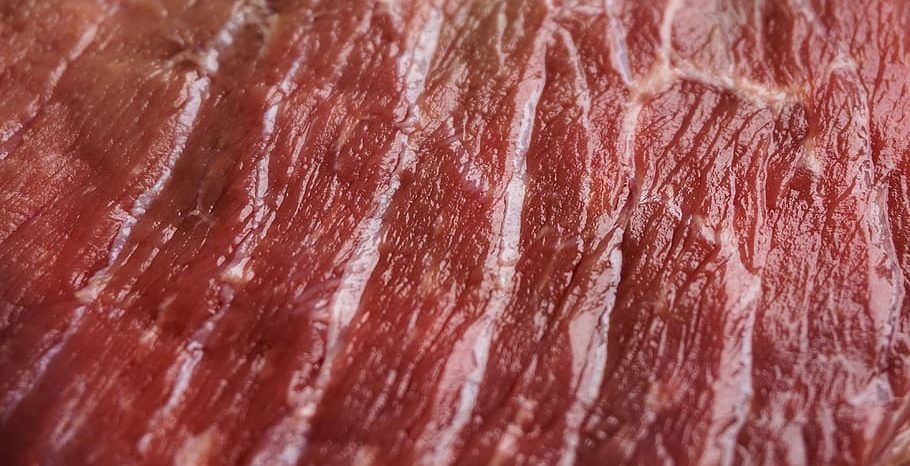Australia is keeping a weather eye on a possible beef levy by April 2, 2025 if the U.S. taxes agricultural imports. This amid uptick export prices of Aussie trim beef bound for the U.S., by 26% year-on-year, up to mid-February, 2025.
Hints of a beef surtax surfaced on March 2 when President Trump advised federal farmers to have “fun” and prepare for agricultural tariffs.
If tariffs do steam into Australia, outbound steel and aluminium could be the first American target, reprising botched 2018 tariffs.
Beef and lamb dispatches to the United States worth A$5 billion ($3.15 billion) could be next, a blow on majority family producers. Put into proper perspective, beef shipments alone to the U.S. generated A$4.16 billion ($2.62 billion) in 2024.
The timing for this trade threat is spot on a currently prosperous beef and live cattle export market ofAustralia. Analysts expect this double sector to generate A$15 billion ($9.44 billion) in the 2025-26 market year, which nears 2023-24’s returns.
Luckily, Australia does not have a trade deficit in its favor against the United States and this could mean no tariffs.
Australia’s Deputy Prime Minister Richard Marles himself seems to see this possibility by telling ABC that they won’t retaliate.
Sheep and Beef Levy Call
But not so in the U.S., where R-CALF, a farmers’ championing group, has been asking for 25% agricultural tariffs.
R-Calf says that Aussie sheep imports currently represent 70% of American market sales while local producers only manage 30% market share.
Beef exports could also incur A$400 million ($251.8 million) in export losses in the case of tariffs. This according to Patrick Hutchison of the think tank, Gibraltar Strategic Advisory.
Hutchison links the losses to the possible saturation of alternative destinations such as Japan by tariff-hit nations.
Cattle farmers have a leeway however, for they currently enjoy the benefits of the 2005 Australia-United States Free Trade Agreement (AUSFTA).
The accord sets annual quotas for specific agricultural produce bound to the U.S., above which a varying duty applies.
Besides, before any beef levy hits, rising export prices will have generated the estimated A$15.8 billion ($9.95 billion) for the Aussie beef sector.
So, is beef the newest market product to get under a damaging bilateral trade war after soybeans? For now, it remains one of Australia’s biggest agricultural exports to the U.S., as the statistics below show.
Australia-U.S. Beef Export Statistics
The United States commands between 22.7% (2023) and 27.5% (2024) of all beef exports by Australia. As the biggest single destination for Aussie beef in 2024, the U.S. brought A$4.16 billion ($2.62 billion) in export revenue to Australia’s producers. Inclusive of live cattle and veal shipments, this value triples to around A$15 billion ($9.44 billion), per a 2025-26 estimate.
Has the U.S. always been the main destination for Aussie beef?
The United States has not always been the top market for Australia’s beef. In 2017, 2018, 2020, 2021 and 2022, Japan led beef exports with average 25% market share. This is even as the U.S. took over the lead from 2023 onward with 25-27% market share.
Is there a beef tariff on Aussie beef exports to the U.S.?
There has been no extant beef tariff in recent years, courtesy of the Australia-United States Free Trade Agreement (AUSFTA). In 2021, Australia could export 438,214 tonnes to the U.S and would only incur a 3.52% duty above this quota. The 2022 quota was 448,214 tonnes but had 0% tariff even above the quota. This is unlike Canada, which charges an 8% tariff on Australia’s beef, as of 2021.
Does the U.S. command high beef import prices
The U.S. buys Aussie beef at between A$8.03 and 11.38 ($5.05-7.16) per kg, as of 2024. This is slightly more than rival Japan’s import price of between A$7.93 and A$10.09 ($4.99-6.35) per kg in 2024.
